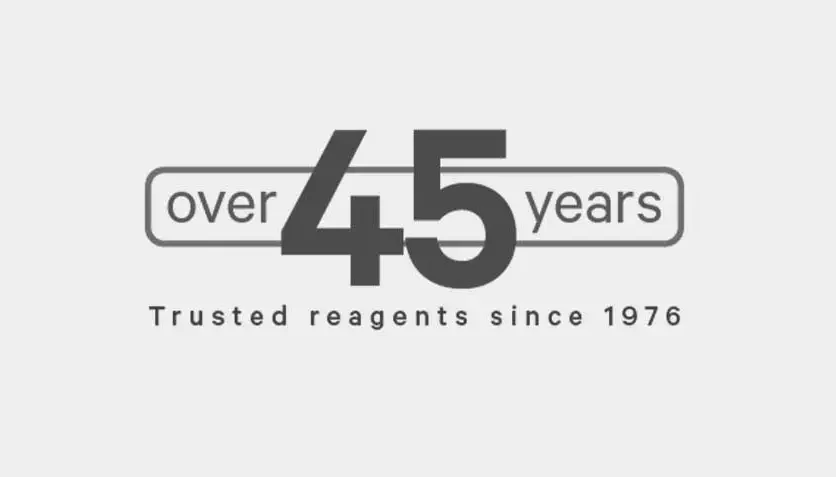Fluorescein Goat Anti-Human IgE, epsilon chain specific, can be used for immunofluorescence and other applications. Optimal F/P ratios have been established for each conjugate to ensure maximum fluorescence with minimal background staining.
| Unit Size | 0.5 mg |
|---|---|
| Applications | Immunofluorescence, Blotting Applications, Flow Cytometry/Cell Separation |
| Concentration | 1.0 mg active conjugate/ml |
| Recommended Storage | 2-8 °C |
| Solution | 10 mM HEPES, 0.15 M NaCl, pH 7.5, 0.08% sodium azide. |
| Maximum Emission | 510-520 nm |
| Maximum Excitation | 490-500 nm |
| Recommended Usage | The recommended concentration range for use is 5-20 µg/ml. If this fluorescein-labeled antibody is to be used in tissues which may contain cross-reacting endogenous immunoglobulins, dilution of this antibody may be made in buffers containing 2% normal serum from the same species as the tissue. |
| Target Species | Human |
| Conjugate | Fluorescein |
| Color of Fluorescence | Green |
| Host Species | Goat |
| Format | Concentrate |
The goat anti-human Ig antibodies are prepared by hyperimmunizing animals in a manner that produces high affinity antibodies. These are then purified by an affinity chromatography procedure designed to remove any low affinity antibodies which may be present. Cross-reactivities that are likely to interfere with specific labeling are removed by solid-phase adsorption techniques. The final product is then subjected to rigorous quality control assays including immunodiffusion, solid-phase enzyme immunoassays, gel electrophoresis and solid-phase binding assays. In preparing the labeled antibodies, great care is taken to ensure the maximum degree of labeling with no alteration in the specificity and affinity of the antibody. The labeled antibody then undergoes a further series of quality control assays, including immunohistochemical analysis.
Applicable patents and legal notices are available at legal notices.
Stay in the Loop. Join Our Online Community
Products
Ordering
About Us
Application
Resources

©Vector Laboratories, Inc. 2025 All Rights Reserved.
To provide the best experiences, we use technologies like cookies to store and/or access device information. Consenting to these technologies will allow us to process data such as browsing behavior or unique IDs on this site. Not consenting or withdrawing consent, may adversely affect certain features and functions. Privacy Statement